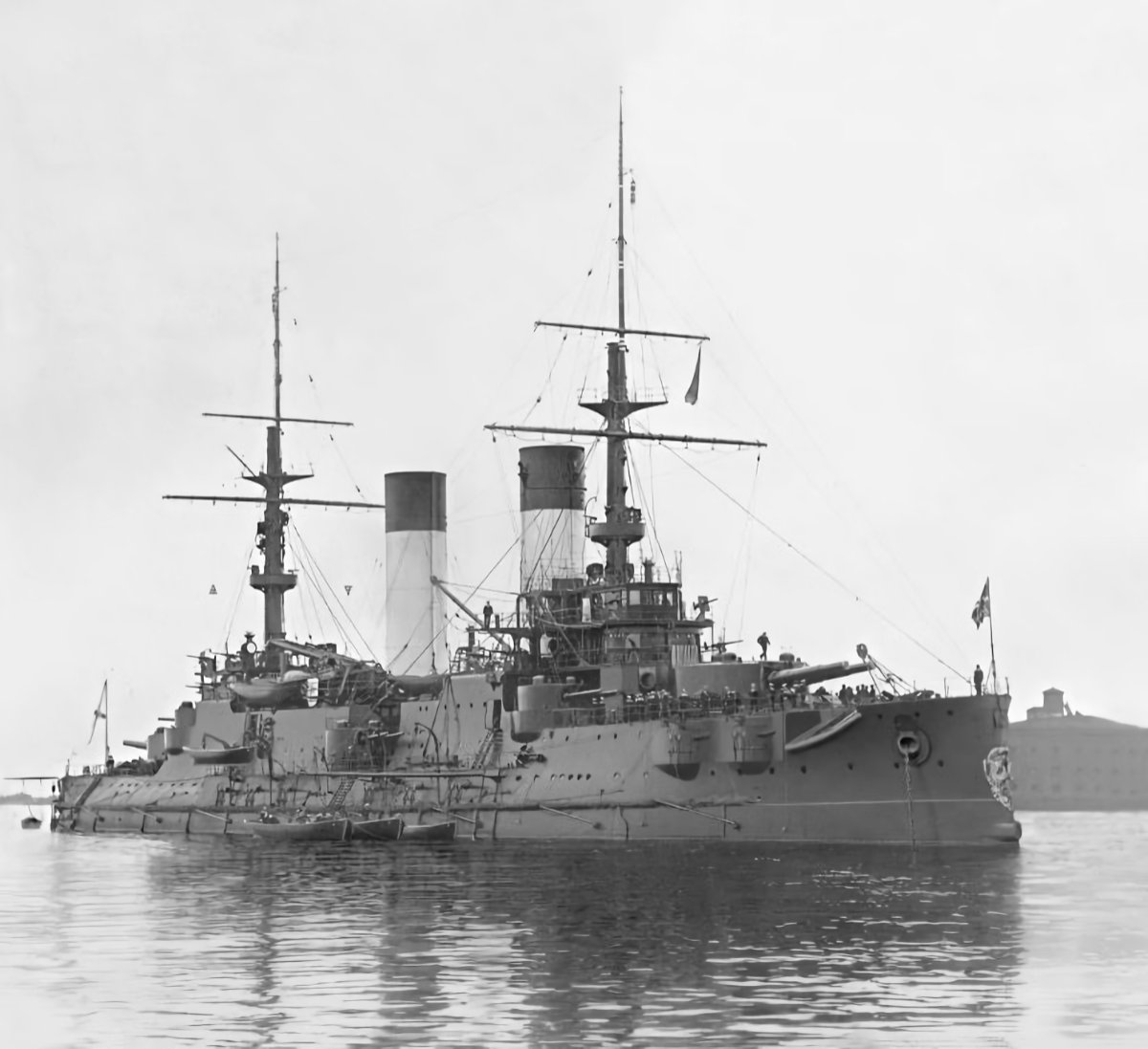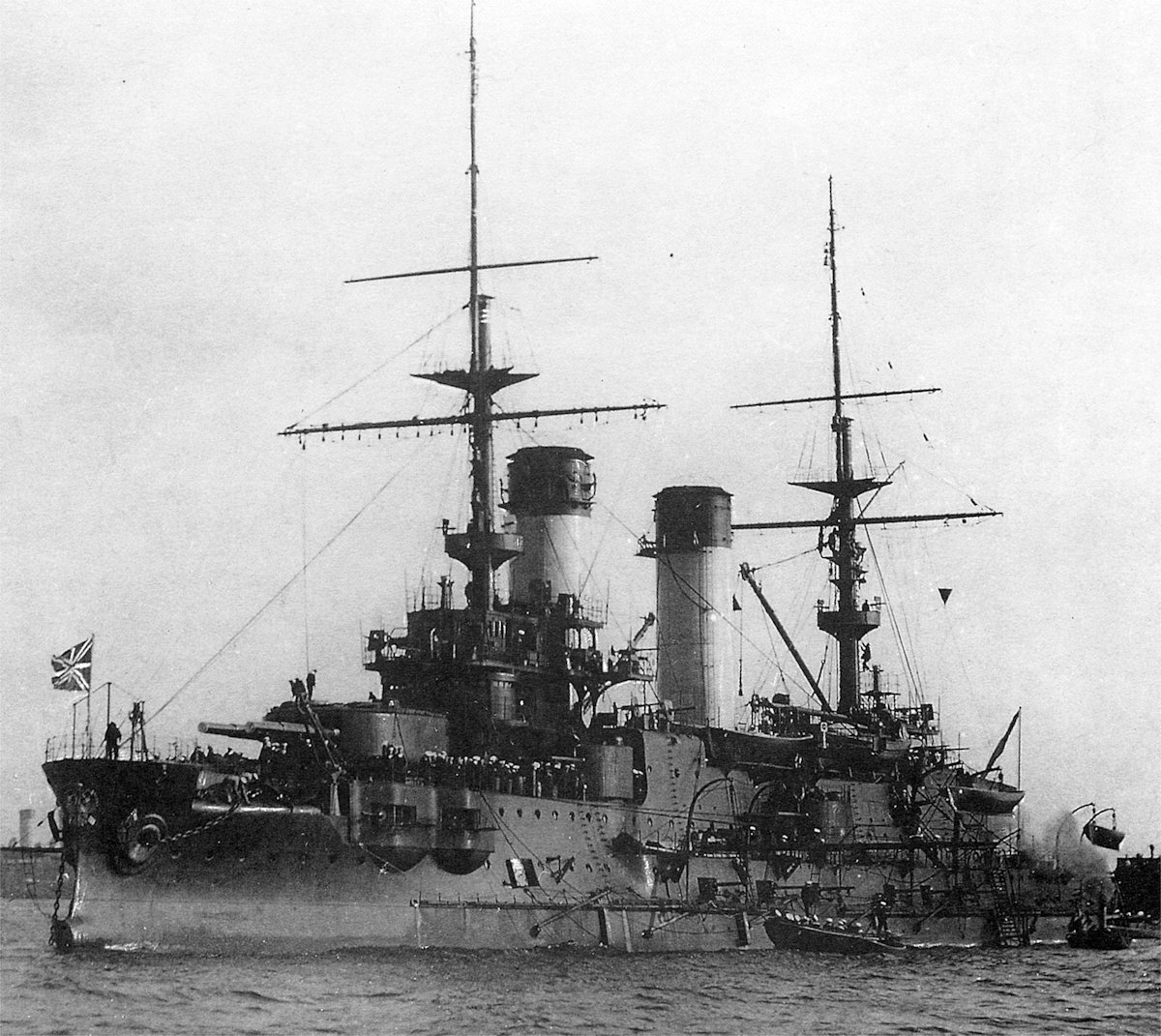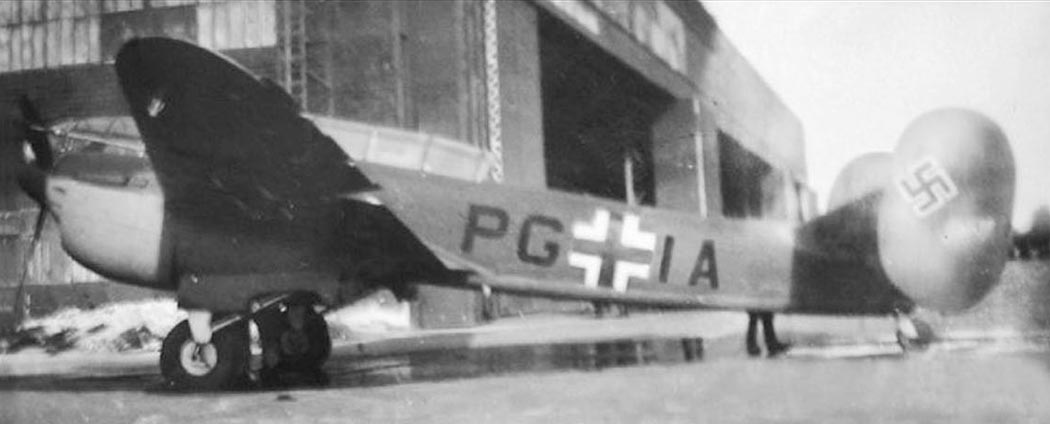Tag: Military
-
Russian Battleship Imperator Aleksandr III

Russian Battleship Imperator Aleksandr III Launched on 3 August 1901, Imperator Aleksandr III was a Borodino-class pre-dreadnought battleship built for the Imperial Russian Navy. Entering service in November 1903, she sailed on 15 October 1904, with the Second Pacific Squadron to break the Japanese blockade of Port Arthur. The Japanese captured the port while the squadron… Read more
-
Russian Battleship Borodino

Russian Battleship Borodino Launched on 8 September 1901, Borodino was the lead ship of her class of five pre-dreadnought battleships built for the Imperial Russian Navy. Entering service in August 1904, she sailed only two months later on 15 October, with the Second Pacific Squadron to break the Japanese blockade of Port Arthur. The Japanese captured… Read more
-
Bloch MB.177 French Bomber

Bloch MB.177 French Bomber Read more